Art as Activism: How Victor Ehikhamenor Is Transforming Benin City Through Public Sculpture
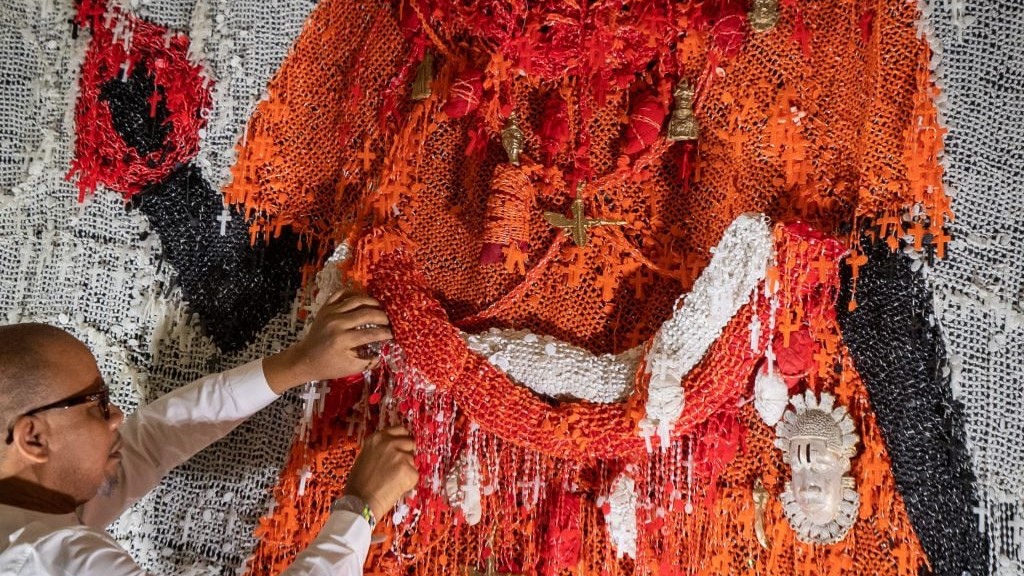
The Artist Who Refuses to Be Silent
In Benin City, something’s happening. Not noisy, yet powerful, formed in bronze, raffia, splashes of colour, iron. And right at the middle of it all, stands Victor Ehikhamenor. He's not just an artist; he writes, he speaks up, he fights for culture, and honestly, he's one of the strongest creative voices you'll find right now. He's spent years moving between Lagos, London, Washington, Rome—wherever the art world calls him. Still, his roots never budge. Edo soil holds him steady. Lately, through his bold public sculptures, he’s turning Benin City itself into an open-air conversation about memory, power, identity, and the heavy spirit of history.
People love to call Ehikhamenor a “modern traditionalist.” Sure, his art grabs inspiration from Benin designs, Edo beliefs, his own childhood, shrines, old stories, and the deep spirituality of the Niger Delta. But honestly, that label misses the energy in his work. He's not just mixing old and new for the sake of it. He's taking art out into the streets, putting it right where people have to see it—where they can't just turn away from the truths they'd rather avoid.
His sculptures don't play it safe. Whether they tower over a plaza or sit quietly in a corner, they’re charged with everything, colonial wounds, cultural survival, stolen history, the slow fight for stolen treasures to come home. They carry the arguments about who gets to own history and who gets to tell it. Look at his work, and you see a refusal: he won’t let pain fade into silence. He builds resistance, piece by piece, in full view.

What really sets Ehikhamenor apart is how deeply he believes in shared memory. For him, art isn’t something pretty to hang on a wall, it’s a living record for everyone. He says it all the time: if you don’t fill your world with your own art, someone else will come in and do it for you. So he creates witnesses, sculptures that hold centuries in their shapes and challenges the next generation to ask the hard questions their parents were told to swallow. He’s not out to decorate Benin City. He wants to give it back its voice.
And right now, the timing couldn’t be stronger. Benin is waking up, spurred on by talk of the stolen Benin Bronzes and the world finally facing up to restitution. For a lot of young Edo people, Ehikhamenor isn’t just an artist. He’s the spark, urging the city to reclaim its treasures and reshape what it means to live with a history the world has finally learned to value.
Monuments That Talk Back
Ehikhamenor doesn’t just make sculptures. He sets stories in metal and color, building pieces that look you straight in the eye and ask tough questions. Before the new Edo Museum of West African Art even broke ground, his installation had people all over the world talking. It’s massive, built with the lines and symbols of Benin’s spiritual geometry. The thing stands guard, almost daring you to think about how a country’s treasures end up locked away in Europe, while the people who made them still fight to be seen.
But the real shift isn’t happening in headlines, it’s in Benin City itself. Streets that used to be just traffic and noise now hold meaning. His sculptures pop up in busy centers, along walkways, in public squares, each one set down with a purpose, each one carrying messages that people from the city catch right away. Older folks recognize patterns from palaces and shrines; younger people see something bold and new, something that says, “This is us,” in a world that always tells them to copy someone else.
For Ehikhamenor, sculpture isn’t just about making things look good. It’s about building bridges between memory and now. He chooses bronze, cloth, iron, wood, not just for their look, but for what they mean. Bronze ties back to Edo’s old metal-workers. Raffia and fabric nod to local weaving. Iron? That’s the backbone, the tools that built, protected, and held whole communities together. Nothing by accident, everything with a story.
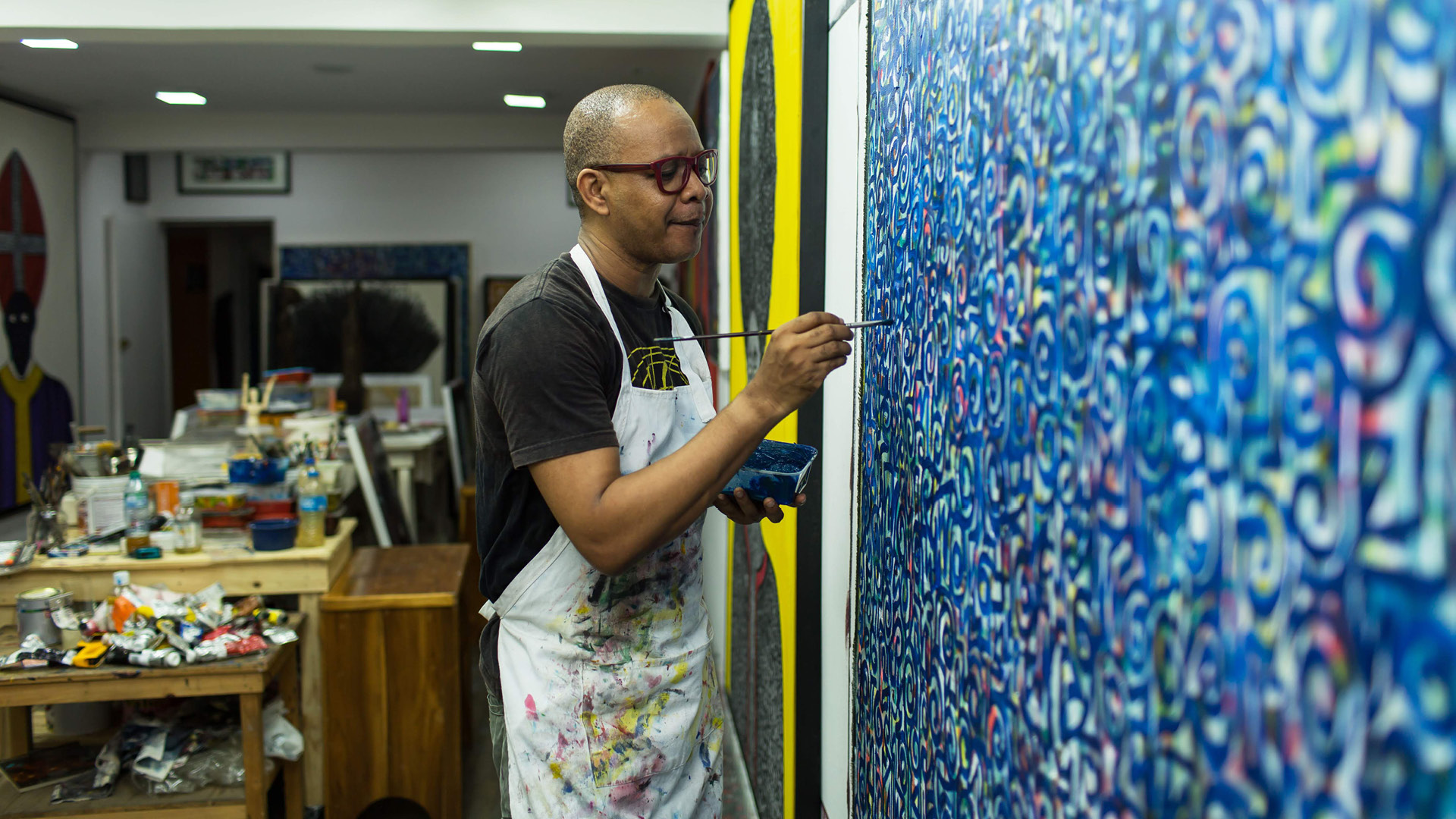
That’s why his pieces hit home so hard. They aren’t just “art,” not in the way Western galleries mean it. They're reminders that people are here, and their stories matter. For too long, African cities have been covered up by glass towers, colonial statues, and billboards selling someone else's dreams. Ehikhamenor’s work stops you in your tracks. It breaks the quiet. It brings the city’s own story back into the open.
Other artists are watching and taking notes. Young sculptors and muralists are starting to think bigger, about what their art means, how visible it should be, and who it’s for. Some say seeing his work made them believe Benin City could actually be a cultural capital again, not just a place you read about in old texts. His pieces give permission, to make, to ask questions, to remember, to claim space that belongs to them.
In a city where pride and pain both run deep, public art does more than decorate. It heals a little. It lets people connect with their history not as something long gone, but as something alive, right there on the sidewalk. It makes culture impossible to ignore, and in a place where culture often gets pushed aside, that’s a bold move.
The Movement Beyond the Monuments
Ehikhamenor’s sculptures might look still, but everything around them keeps moving. Every time a new piece pops up in Benin City, you can feel this bigger shift picking up speed, one that runs through the city’s streets, shapes how young people see themselves, pulls in tourists, and stirs up questions about who really owns culture. In his own way, he’s helping build the nation, using art where policy falls short, and memory where officials don’t bother to look.
What really sets his work apart is how it changes the way people live in the city, day by day. Public sculpture isn’t just decoration. It changes how people walk, where they pause, what they talk about. Suddenly, a street with an Ehikhamenor piece becomes a destination. A plain old square turns into a gathering spot, maybe even a place to learn. Even forgotten corners start buzzing, with photographers, students, anyone curious enough to stop. This isn’t just a quick makeover. Over time, it builds pride, gets people thinking, and pushes back against the idea that only the government can shape public culture.
There’s also real money in it. More public art means Benin City is turning into a place where people actually want to visit for the culture. Folks used to come just to see the royal palace, but now there’s a whole map of new spots, installations that mix ancient stories with modern takes. Local businesses feel it. Artisans, entrepreneurs, and a host of creatives are suddenly finding opportunities opening up. Big, bold public art signals to anyone paying attention: This city actually cares about culture. Now investors are taking note, too.
But the biggest shift happens inside people—especially the young. Many young artists in Benin City describe feeling like outsiders, having to mimic Lagos or London or New York if they want to mean something. Ehikhamenor pushes back. His sculptures say, loud and clear, that Benin’s stories and symbols matter everywhere, not just at home. That changes something deep down. Suddenly, young creatives start to realize their history isn’t a weight, it’s actually their strength.
The real breakthrough, though, is how he uses art as activism. For him, art isn’t just for looking at. It’s supposed to step in, spark something, even make people uncomfortable or bring things back to life. His sculptures do all of that. They call out colonial history, highlight what’s still missing, celebrate the spirit that keeps people going, and demand that African cities get monuments made by and for their own people. By putting his art out in public, he’s also taking back the story.
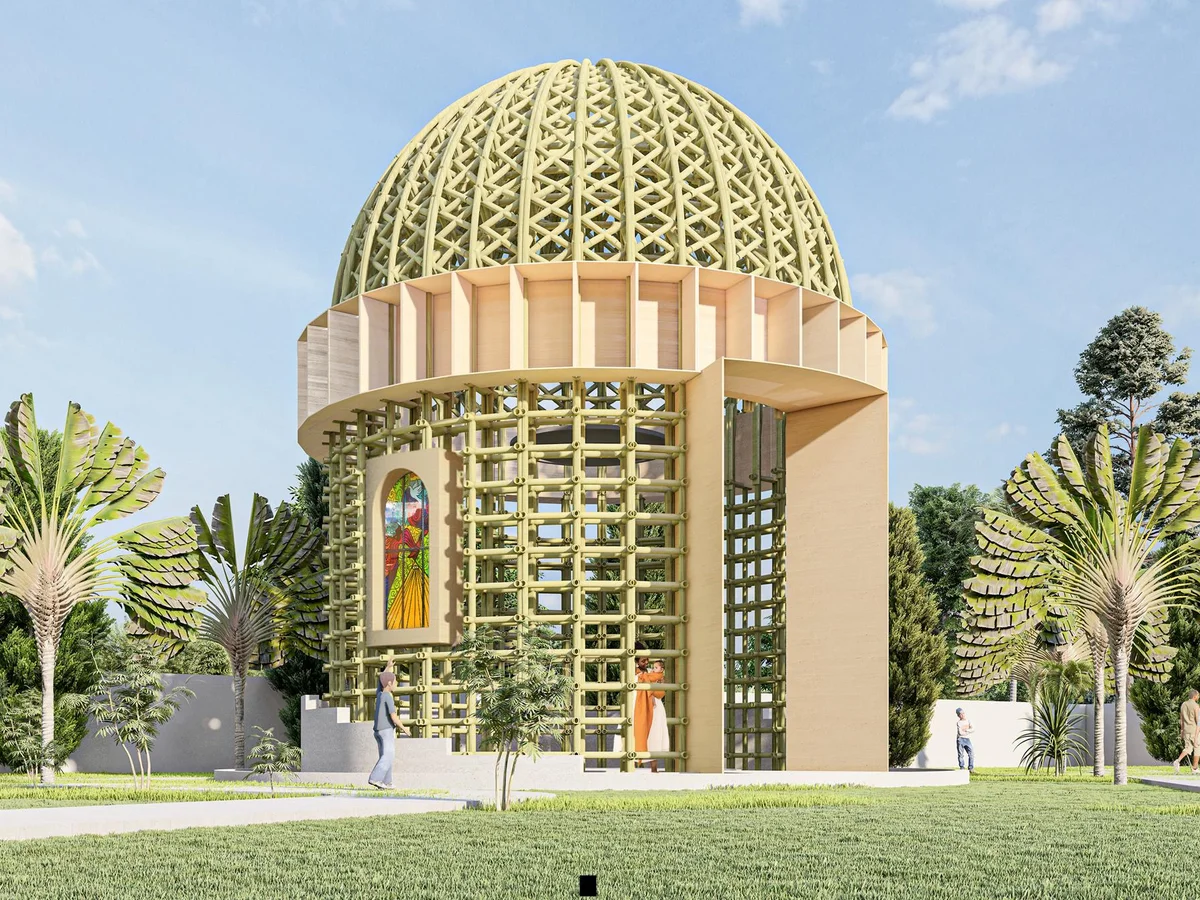
Benin City is changing, but not because of extravagant projects or promises from politicians. The change is due to the art on the streets. These sculptures would remind people of where they came from and get them thinking about where they might go next. Victor Ehikhamenor isn't just making art; he's helping people figure out who they are. And honestly, sometimes the boldest kind of activism is just letting something powerful stand out in the open, catching the sun, for everyone to see.
You may also like...
Fulham Makes Bold Move: Manager Marco Silva Offered New Contract Extension
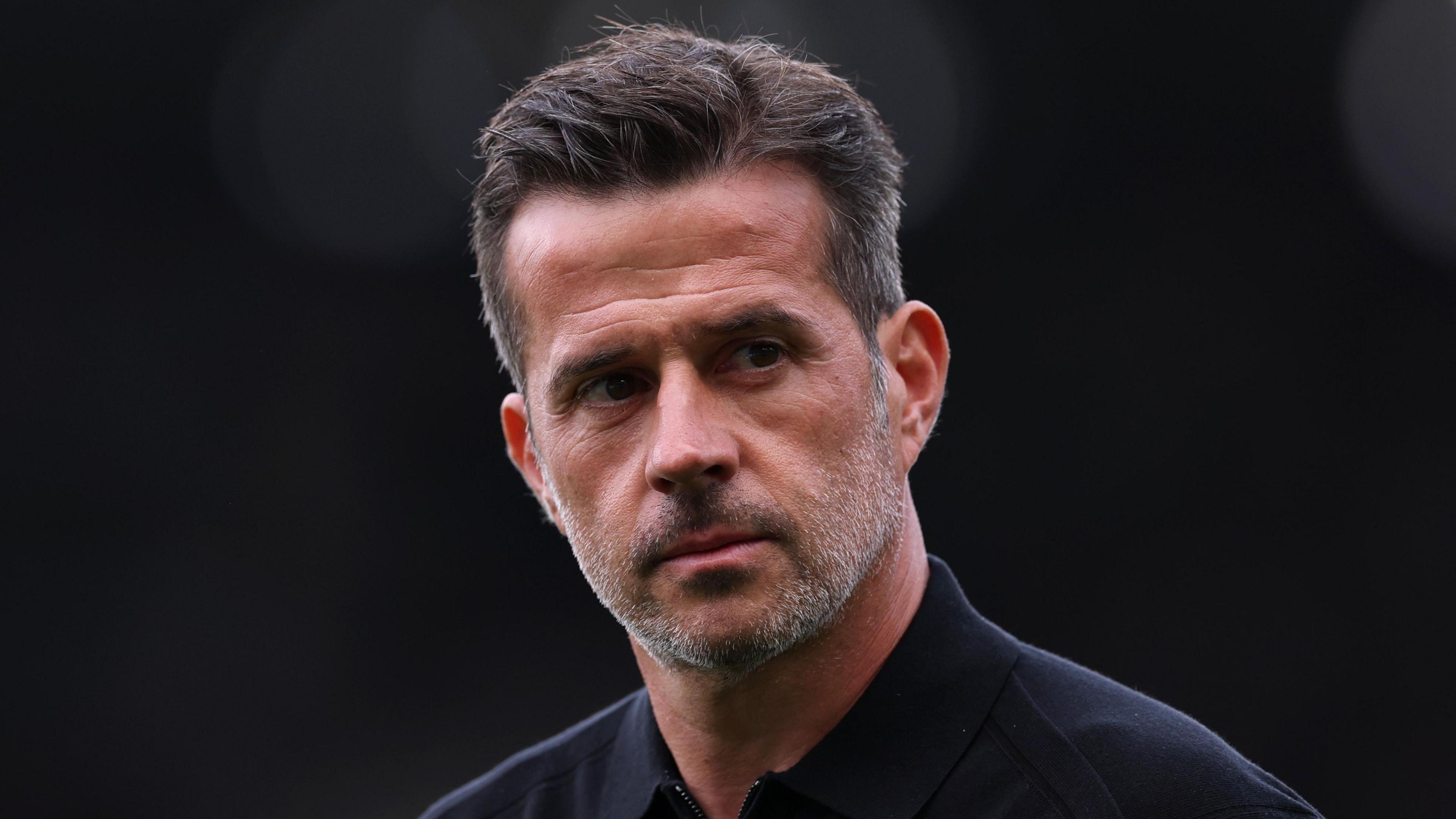
Fulham has offered manager Marco Silva a new contract as his current deal approaches its expiration. The club aims to ex...
Blockbuster 'Wicked: For Good' Smashes Ticket Records Ahead of NYC Premiere
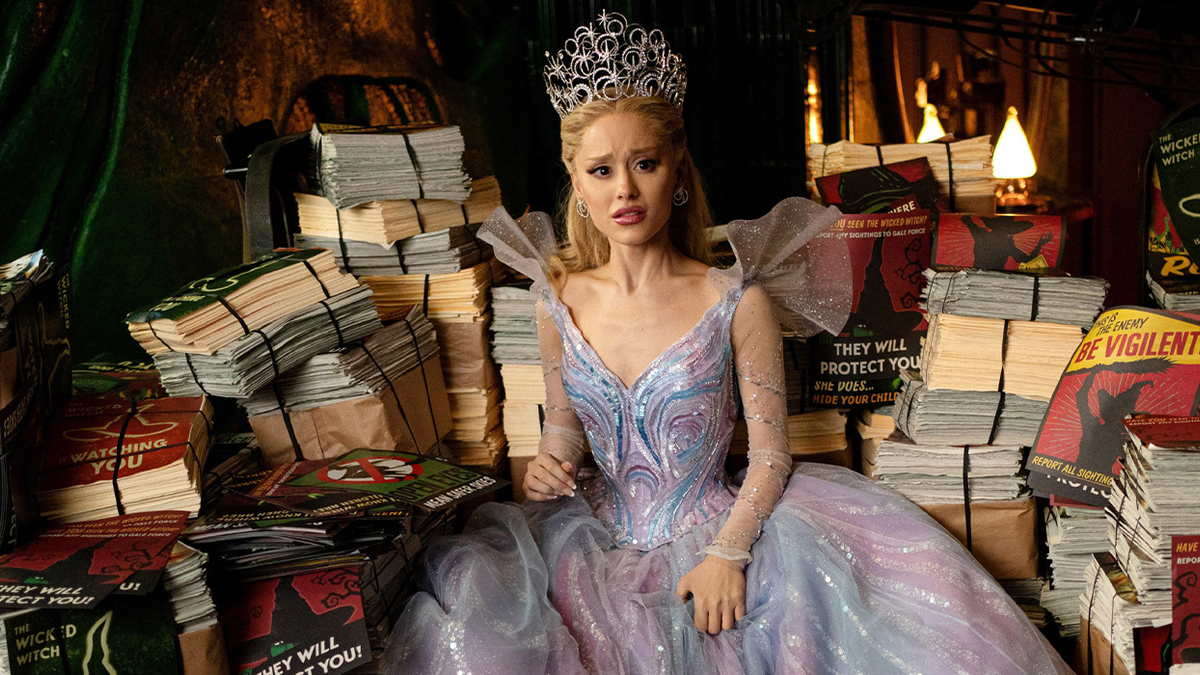
"Wicked: For Good" has already set a record as Fandango's biggest first-day ticket preseller of 2025, signaling immense ...
Doha Film Festival Kicks Off with 'The Voice of Hind Rajab,' Attracting Industry Heavyweights

The inaugural Doha Film Festival, led by DFI CEO Fatma Hassan Alremaihi, transforms Qatar's film landscape with an ambit...
Festival Fiasco! Gonapamuhanya Plunges Into Mayhem with Tear Gas, VP Present!

The Gonapamuhanya Festival, intended as a cultural unity event for the Tumbuka people, descended into violence and chaos...
Yungblud Defies Global Chaos: 2026 Australian Tour Rages On!

Yungblud has canceled all remaining 2025 tour dates due to medical advice concerning his vocal and blood test results. H...
Stars Align: David Oyelowo, Davido & More Dazzle at AFRIFF 2025, Celebrating Africa’s Cinematic Prowess

The AFRIFF Globe Awards recently transformed Lagos into a hub of African cinema and culture, celebrating distinguished h...
Miracle Cure: New Non-Invasive Treatment Revolutionizes Liver Cancer Care

Roger Jackson, an 80-year-old liver cancer patient, became the first in Europe to receive histotripsy, a non-invasive ul...
Winter Woes: NHS on Brink as Superbugs Threaten to Overwhelm Health Service

A leading charity warns of an impending superbug crisis threatening the NHS this winter, fueled by rising antibiotic res...
.png&w=1920&q=75)
